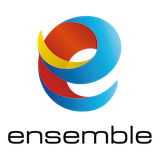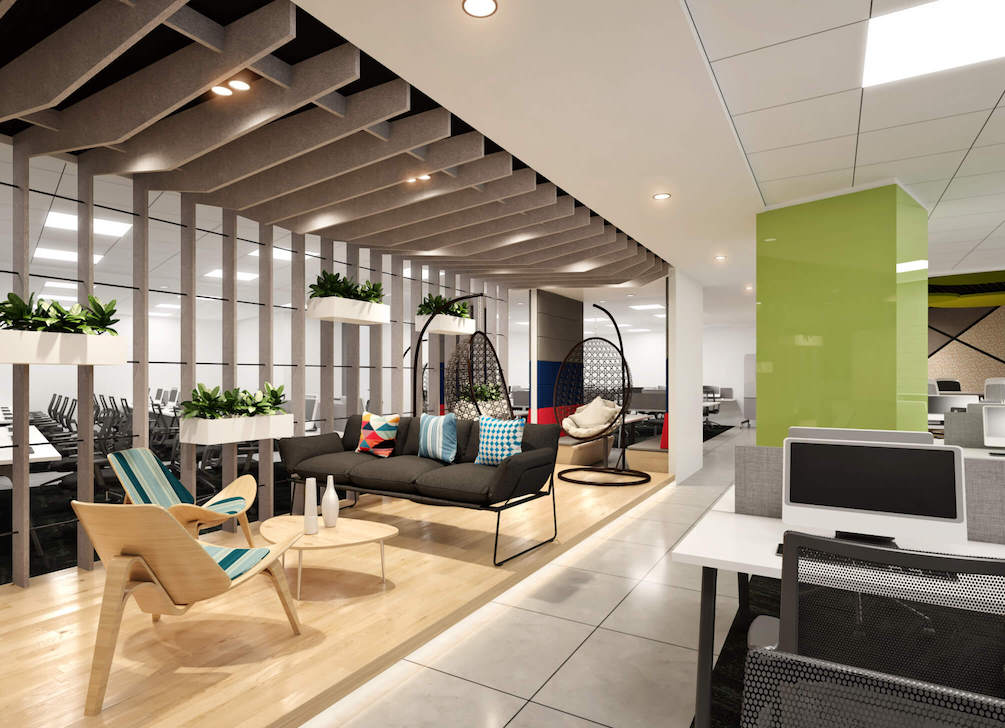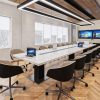Designing a new office or redesigning your current workplace is exciting, complex, and expensive. It is critical you get it right the first time. With a few tips, you can make your office fit-out an efficient process, and a successful change for your organization.
Planning and designing for your office fit-out is crucial. You need to plan with a predefined purpose to optimize your available office space. Define these in order, as precisely as possible, with contingency plans for each:
- Internal Team – to make sure there’s communication, coordination, and integration of brand-values-vision-productivity-comfort objectives for all involved.
- External Team and Budget – your project management consultant and/or your design and build partner
- Future-proof your design – to ensure your workplace adapts to changing requirements
- Timelines – to initiate-plan-design-execute-close
- Project Delivery – It isn’t just about one great outcome
These definitions will help you conceptualize, initiate, execute and close your office interior design project as expected within estimated time, quality, within budget.
- Internal Team – Who are the right people to involve?
This is your most important consideration. Involve your best in project management, contracting, asset valuation, property and facility management, mortgage, IT, security, furniture, health and safety, engineers, legal, and finance. If you don’t have any of them in-house, appoint a professional.
Forming a good team may take some effort and time, but it is worth the investment. A good team will coordinate and work efficiently through the project. Involving all the right people from the ideation stage is vital towards ensuring an integrated project plan and a unified objective.
- External Team – Research, compare and choose
Your workspace attracts sales to your business just as much as your people. To get the best out of your office fit-out project, it is important to hire the right people for the job – one with experience and proven success in projects.
You probably won’t have an exact idea of what you want. While you may have to do some comprehensive research to determine your office design, you can invite proposals/designs from established service providers. This can give you a visualization of designs. You’ll get ideas and avoid wasting precious time with design and build contractors who either aren’t able to deliver on your specific expectations, or provide a high quote. Through this process, you’ll also get an idea of their ways of working and how well it syncs with yours.
- Future-proof your design – Make sure you have “room” to adapt
Your workplace should be about adapting to the culture, comfort, and operational requirements of your business. As offices shift towards more agile workplaces, there should be flexibility to adapt to future changes. Ask yourself and your team:
- How much is your industry/business expected to grow/evolve over the next few years?
- Is your office flexible and customizable to adapt to ever-evolving requirements?
- What effect will changing regulations, workforce demographic and geographical distribution, workflows, and technology have on the shape, size, design, and growth prospects of your workplace?
If your existing workplace has become redundant over a period of time, you may want to look for a new office space. Alternatively, your design partner may advise a redesign of your current office to help meet your current and future requirements.
- Timelines – One of the biggest challenges
If you have a good team in place that communicates, coordinates, and is aligned to your brand-values-vision-productivity-comfort objectives, you’ll probably not experience too many hurdles, and be able to complete a quality project on time.
Creating Specific-Measurable-Achievable-Realistic-Time-bound goals for each phase and function within your project is a proven way to keep your project on schedule
- Project Delivery – It isn’t just about great outcomes
The design of your office must align with the vision, brand, and culture of your organization. In other words, it should be a visual representation of your marketing goals, and support the functionality of your operations. Employees, clients, associates, and partners will experience your workplace as your organization, so it’s paramount to make this experience an exemplary one, and have your workplace show them who you are.
Once your project is delivered, it’s vital to do a thorough review and call out any detail that your team has missed, and get it fixed. It’s equally important to wrap up the project with a closing meeting sharing your experiences, appreciations, feedback, and documenting what went well, and what could’ve been better.
A few aspects of your project completion will take some time to wrap up, like communications, reporting, disbursements, accounting, etc, but now you’ll have a great new comfortable-productive-aesthetic workplace, which will help your team complete these more happily and efficiently.



